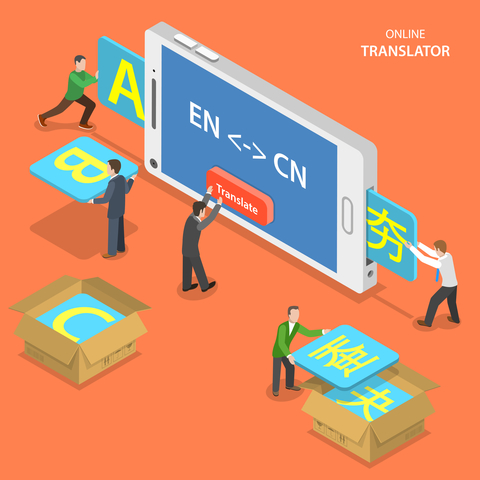Translators often use different techniques to produce a high-quality, natural translation. Experienced translators may even apply them so freely and flexibly that they forget they’re even using a special technique or strategy. This blog breaks down three of the most frequently used translation strategies: detour translation, repetition, and addition.

Detour translation
Because of the differences between two languages, a direct word-for-word translation is not always possible, and translators may have to find another way around – make a translation “detour.” For example, the source language may prefer affirmative statements (like “Staff Only” in English) while in the target language it is much more natural to use a negative statement for the same idea (like闲人免进 or “Non-staff not allowed” in Chinese). This sign could of course be translated literally, but the result would be something that is not idiomatic, natural Chinese. In situations like this, translators would use the detour strategy.
Repetition
To avoid misunderstanding and make the meaning clear, translators frequently use repetition as a technique. In English, pronouns such as “he,” “she,” “it,” etc., avoid repetition by referring to things that have already been mentioned. Chinese, however, does the opposite and usually repeats the original words rather than replace them with pronouns. For example, in translating a sentence like “George put his bag on the table, which is in the middle of the room,” a translator working into Chinese would repeat the word “table” where English replaces it with “which.” Repetition can also be crucial to preserve the style of a source text in which the author repeats specific words to create a certain effect.
Addition
To make a translation acceptable in the target language, translators may need to add more information. For example, when translating “ease the tension between the two countries” into Chinese, translators need to add the word “situation” (i.e. tense situation) to make the translation complete. A proper translation is “缓解两国之间的紧张局势.” Addition is important when translating culture-specific words or expressions because additional explanation is needed to help readers who aren’t familiar with the source culture. In a case like this, a translator may even need to provide a footnote to provide additional information without cluttering up the main text.
The ultimate goal for a translator is to translate the source text’s meaning simply and clearly. The above strategies and techniques can help produce more idiomatic translations, and are a required part of every translator’s toolkit.


 (5 votes, average: 4.20 out of 5)
(5 votes, average: 4.20 out of 5)

Leave Your Comments Below